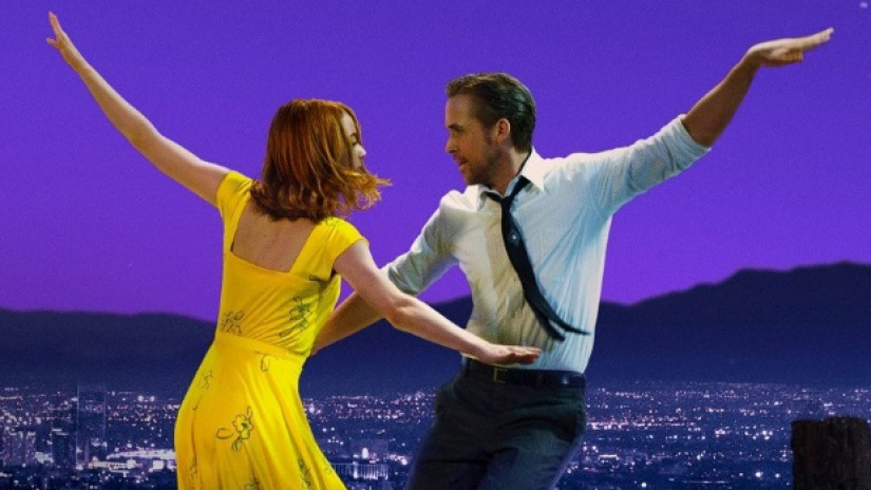
First: A disclaimer. I have a deep affection for Southern California in general, and Los Angeles in particular. I lived there for 18 years, met a lot of wonderful and creative people, and for almost two decades, had my chance to ‘live the American Dream.’ I may be a son of the Middle Border (as Hamlin Garland described the Midwest), but when people ask me where I’m ‘from,’ I’m more likely than not to identify Santa Monica as where I used to live.
And since l love Los Angeles, and also love musicals, I went to see La La Land with an emotion that I could best describe as ‘fearful anticipation.’ I looked forward to seeing a modern take on ‘my town,’ but was also worried at the numerous ways they could screw it up.
I was especially prepared to watch this film because just months before I’d seen a quintessential Hollywood musical about Hollywood – Anchors Away, which stands out as one of the best of the MGM musicals, a film where the screen seems barely able to contain the mix of talented performers.
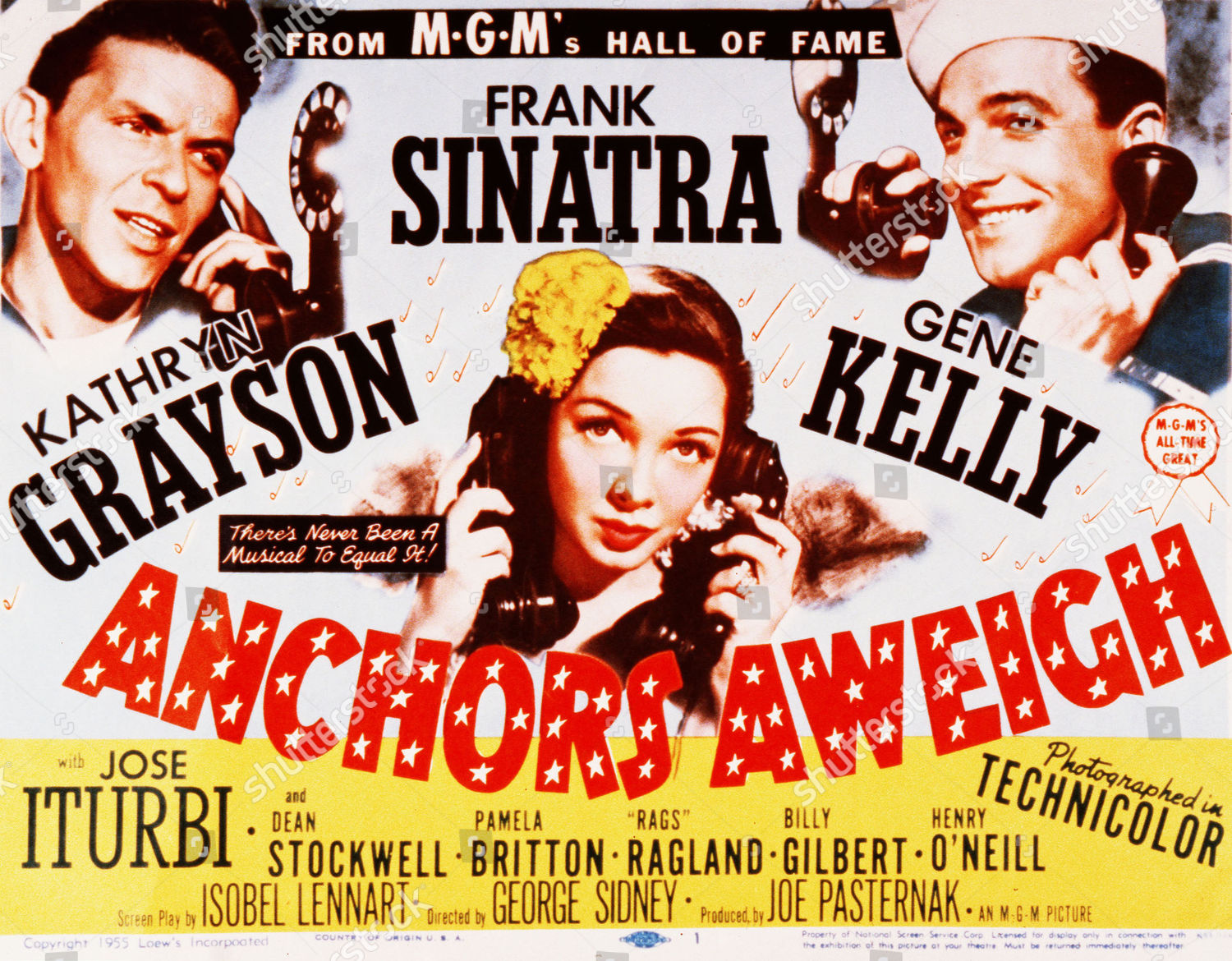
While the plots for these musicals were often simple, I don’t mean to say that the themes of American musicals are simple, especially the ones adapted from Broadway productions. These themes could be quite controversial, (such as race relations) but they were stylized into a musical format that made them more presentable to an American public.
This is not the case with Anchors Aweigh, a feel-good film with a plot of ‘boy-meets-girl so simple as to be ignored, it’s just there as an excuse for a series of great song and dance routines. In the context of films about Los Angeles, what really stands out in Anchors Away is the location shooting, in particular the Hollywood Bowl, a landmark as relevant now as when it was filmed for this movie in 1945.

If Anchors Aweigh is a musical that highlighted song-and-dance at the expense of a cursory story, the director of La La Land, Damien Chazelle, chose to make to make a U turn and try something very different. His contrarian plan: Foreground the premise and background the song-and-dance.
In Chazelle’s eyes, the actual song-and-dance performances of this musical are an eye-candy backdrop to a question more topical than ever, which is the issue of art and authenticity: What does it mean to be ‘authentic’ in an artistic pursuit of a goal?
Taking into account the identity of Los Angeles, the question can be more specifically asked: How can one be ‘authentic’ in Hollywood, a culture which is both permeated and even defines itself by its total artifice? And along with the issue of authenticity, there is a more personal question even harder to answer: What are you willing to give up to pursue your dreams?
La La Land is the story of a romance between pianist Sebastian (Ryan Gosling) and actress Mia (Emma Stone), who meet and fall in love. Sebastian is crazy about jazz, and finds himself out-of-step with contemporary music, and Mia is having trouble breaking into the business. Both characters are insecure, and on some level, jerks (especially Sebastian – when we first see him on the piano, my first thought was: Now we finally know what happened to Tom Neal’s character in Detour when he finally got to Hollywood!)
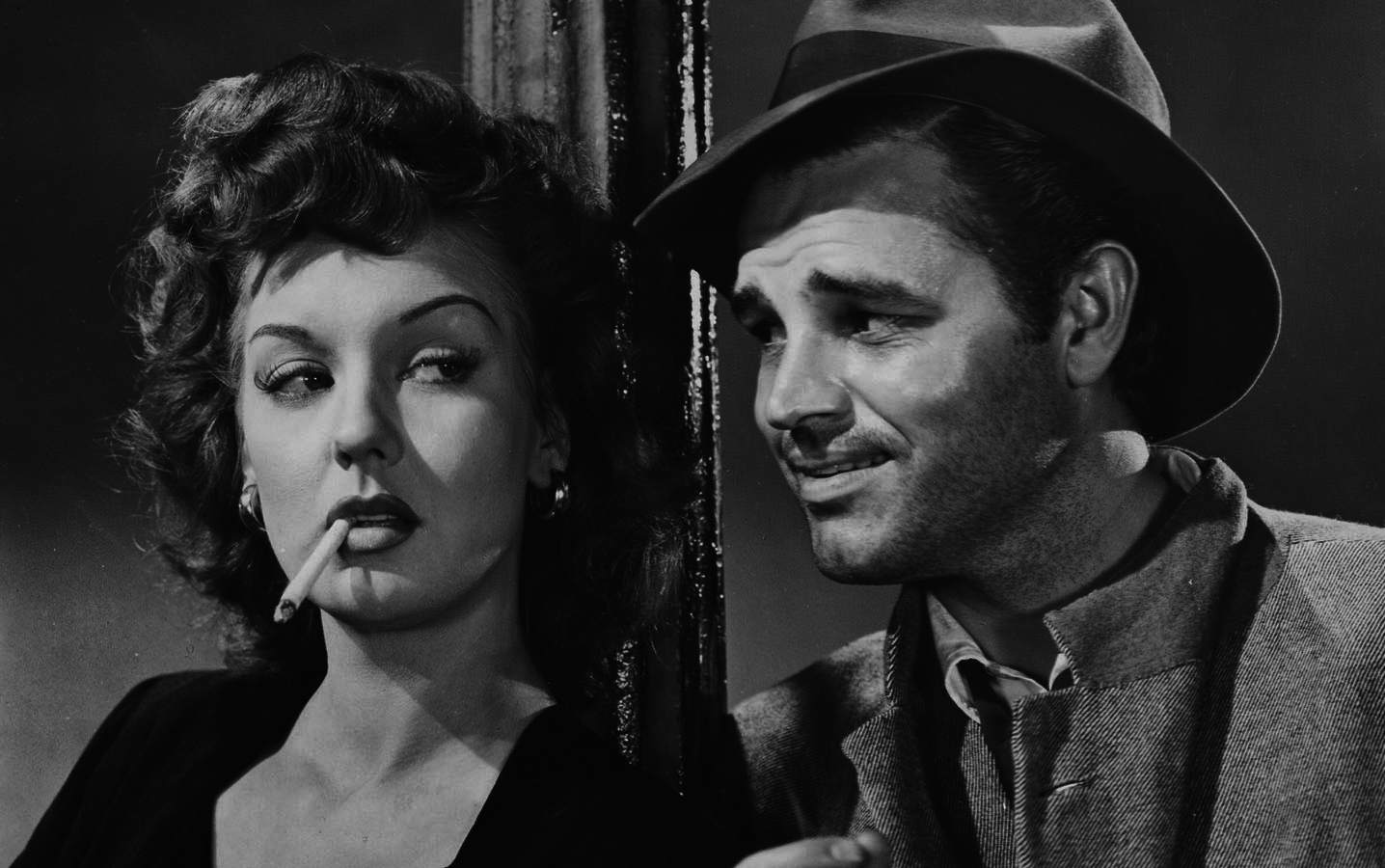
The original ‘Sebastian’ Tom Neal plays Al Roberts, a talented but fussy piano player who goes out to LA to make it big. Pictured here with actress Ann Savage.
Both Sebastian and Mia struggle with the persistent issue of doing what you love vs. the real need to put food on your table and pay the rent. In other words, this films explores the question: when is ‘selling out’ the right thing to do, and when is it important to say ‘no,’ and stay with your artistic principles? La La Land doesn’t go for easy answers, but instead offers the idea that – to quote a fictional character James Kirk (who is himself quoting a famous future fictional novelist from a planet way up in the sky) – that ‘Let me help’ is sometimes even more important than “I love you.”
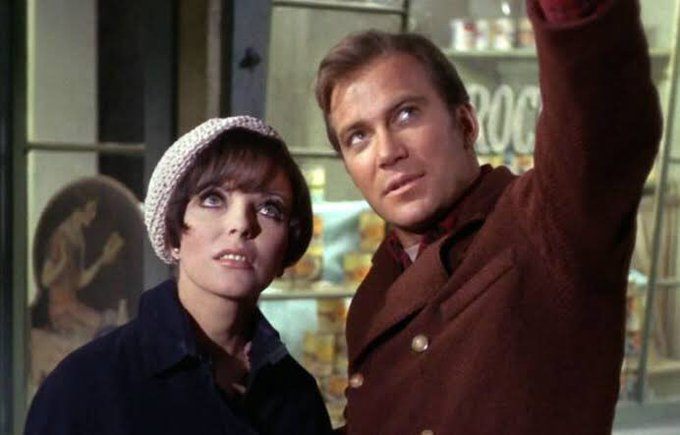
With this theme and idea of the need for support, La La Land for me is an updating of a series of films that explored these questions in previous eras, including What Price Hollywood, and the following versions of A Star is Born. I will defend La La Land in comparison to these films – I think Chazelle finds an interesting way to both update the story and provide a commentary of how the artistic drive can build up and also be destructive of relationships.
But with this intriguing upside to the film (a musical with a plot that’s actually about something), there’s the downside of La La Land. Instead of Gene Kelly, you have Ryan Gosling, and instead of Ginger Rogers, and you have Emma Stone. And the songs – instead of one classic American song after another crooned by the likes of Frank Sinatra, you get at least one singable tune sung more or less competently by the cast, and unfortunately as modern musicals so often do, repeated through the film to make sure the tune is cemented inside your brain before the film ends.
And yet, there is a ‘authenticity’ about this casting and staging- these are the stars we have of today, and more importantly, Damien Chazelle filmed these scenes head-to-toe, with mostly a single-take between sequences. I can’t tell you how much this changes the sensibility and feel of these shots, and it lets the audience know the director really ‘gets’ why the Ginger Rogers/Fred Astaire numbers were so special, that is, because they were real dance steps that real people danced.
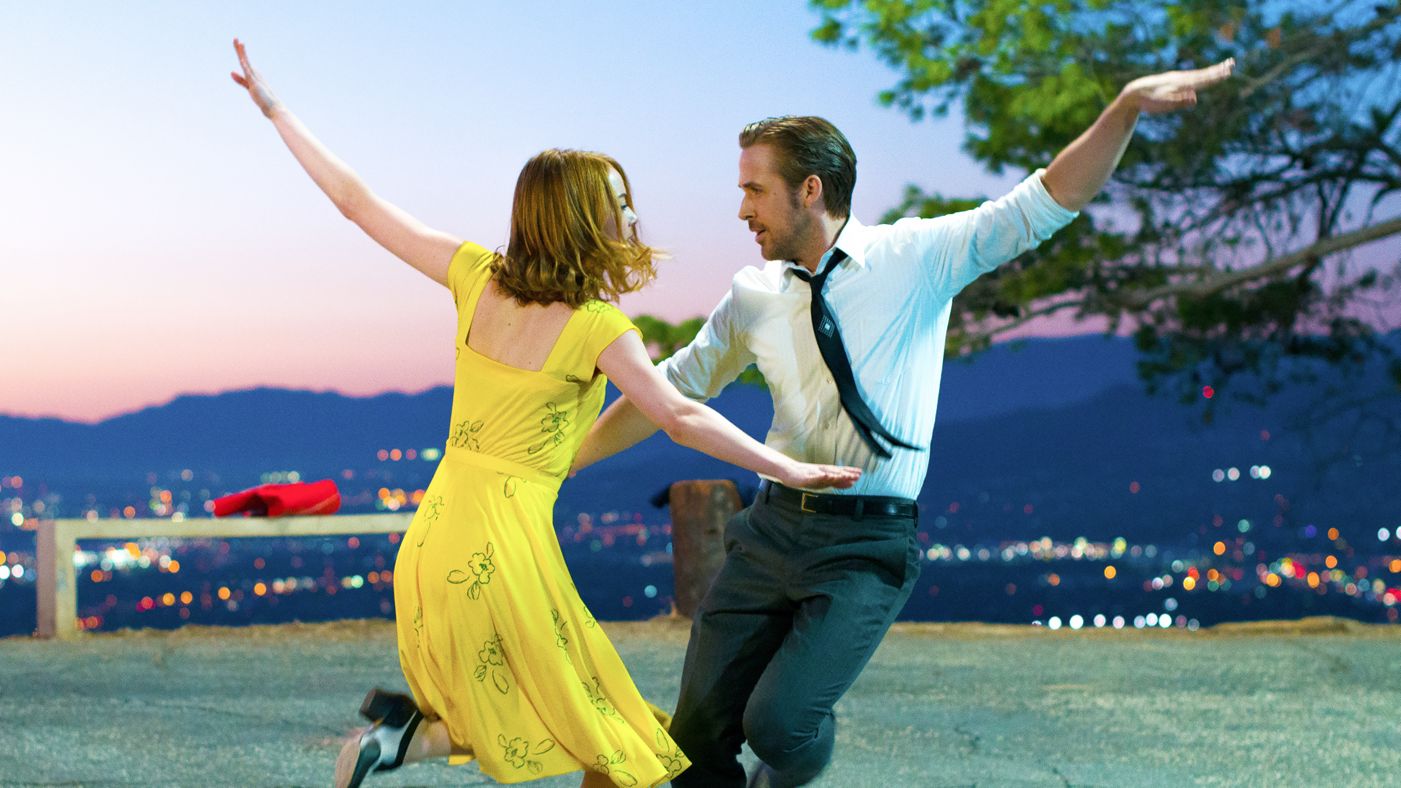
These head-to-toe shots become a sign to the audience that Chazelle understands the importance of a dance being about a person or a couple, and not a series of rapidly edited shots of arms and legs wildly gyrating. Gosling and Stone may not have professional dance backgrounds, but I much prefer watching them to the film version of Chicago, which felt to me like a cheat (read inauthentic) in every aspect of its presentation.
But in the pursuit of ‘authenticity,’ it’s important not to look too closely at what that idea really means. Probably most people back in the day understood that Judy Garland would dub herself later in a recording studio, but in the ‘authentic’ days of the Classic Hollywood musical, many actors were routinely dubbed by trained singers. Perhaps a better way to put it would be that Classical Hollywood did a very good job at authenticating artifice. Or to paraphrase a phrase from a Max Ophuls film, Hollywood is very good at being authentically inauthentic.

Yes, that’s all well and good, but authentic or not, can the limited song-and-dance talent in this film make it worth watching? In many ways La La Land reminds me of a ‘self-knowing’ version of Alfred Hitchcock’s Family Plot, where Hitchcock was trying to make a studio-system film at the same time the system was breaking down. Bruce Dern is a good actor, but he is no Cary Grant (who is?). Even Hitchcock was ‘no Hitchcock’ as this point in his career, with his creative powers fading.
So does Family Plot and La La Land illustrate the danger of trying to stay in the past and not move forward? Is La La Land just a watered-down version of what was a great art form? Are there enough actors working in the Hollywood system who are both bankable stars AND qualify as terrific singers and dancers? Life in Hollywood after the end of the classical studio system is a life with many of the same limitations from cost and time, but also one which you can’t carry over talent from one film to the next. For example, you can’t just pick a composer on a retainer from the studio, you have to get one yourself, along with getting a new director of photographer, new makeup and wardrobe, and so on. In other words, one has to reinvent the wheel with each new production.
When the Hollywood studio system collapsed somewhere in the mid-60s, there also later came a collapse of cultural expectations, There have been many ways to describe this watershed era: The end of Modernism, the Age of Alienation…in watching movies, one could also call it the age of genre crisis, and one of those genres that was affected most was the Hollywood Musical.
The French philosopher and film theorist Gilles Deleuze wrote about how films made after the economic boom of 1960s were odd, strange, different. With these boom years of post-war Europe also came the perception of cities as places of alienation instead of social support. Deleuze decided he was watching the evolution of a new kind of story, the ‘optical drama’ which would follow a character as they would try (and fail) to connect with these strange and unwelcoming spaces. Deleuze described this kind of approach to storytelling as the ‘cinema of the seer,’ instead of the old fashioned, traditional ‘sensory-motor schema’ cinema of the ‘agent’ or the ‘doer.’

Gilles Deleuze, French philosopher and Classical Hollywood musical spoilsport.
This ‘seer’ character is most easily observed in Italian Cinema from the 1960s, such as Antonioni’s L’avventura, and L’eclisse,and later, Blow Up the poster child movie of a ‘seer’ not a ‘doer.’ Deleuze considered this ‘failure to connect’ as a positive feature, since it forced the character, in a Brechtian distancing fashion, to rethink and discover more about themselves.
It’s fascinating to chart the timeline of musicals from the 1960s; the early part of the decade saw such huge successes as West Side Story and The Sound of Music, but by 1964, the success and popularity of the French musical The Umbrellas of Cherbourg started to change the sensibility of how musicals were perceived. Watching this film one can see the influence of the ‘seer’ vs. ‘doer’ mentality that had permeated through European culture. The characters in the film have a a sense of passiveness very different from the active song-and-dance aesthetic that Hollywood films inherited from vaudeville.

One can imagine the mashup that would occur if the vivid primary-colored active characters from 7 Brides for 7 Brothers (1954) ever visited the pastel landscape of The Umbrellas of Cherbourg. These brothers, all products of traditional ‘sensory-motor schema,’ would be face to face with characters only capable of emoting torpid romantic angst and ennui, I can only guess these brothers would respond by giving a series of leaps and bounds so prodigious they would fly through the screen, landing on the laps of a surprised audience.

I think Deleuze’s theory of ‘optical cinema’ was particularly good in describing the copious display of self-awareness and irony of late Modern and post-Modern culture, both attributes becoming potentially difficult hurdles with a generation of Americans who did not grow up in a world where vaudeville-like events were part of their life.
I’ve heard people talk about musicals, saying “I can’t watch them, I just start laughing when someone starts to sing,” and I shrug my shoulders. Apparently the music of John Williams can come soaring out of nowhere and it doesn’t bother an audience, but if a character breaks into a song, that’s a bridge too far? Perhaps if one grows up without exposure to live theater, the experience is just too new or different for some people to engage their willing suspension of disbelief.
That’s not to say the traditional Hollywood musical is gone, it’s just mostly hiding in other genres and in other countries and cultures. Bollywood musicals continue to thrive, and closer to home, the genre of a ‘break out into a song’ musical is still quite healthy in Disney animated films (I guess the audience feels it’s okay if an animated character does it!), and in live-action Disney films produced in irony-free zones such as High School Musical.
Damien Chazelle, aware of all these challenges, stubbornly sets the story of La La Land in the present, and in a world of the flâneur. And that’s fair enough, if LA has a criticism, it is full of ‘seers,’ not ‘doers.’
Now I’m a stubborn pre-Deleuzian modernist. I want my musicals to be chock-a-block with sensory-motor schema, I want them to be full of kicking and prancing, high-stepping and lowdown tomfoolery, I want barn-raising and gate-crashing, I want a stage so bursting with energy it feels like time itself is suspended.
Chazelle’s answer to me is summarized by the opening sequence of La La Land involving a traffic jam that turns into a dance routine, and is for me the most ‘authentic’ part of the movie. Maybe only someone who has lived in LA can appreciate the paradoxical feelings of being stuck in traffic in this particular location. Yes, it sucks to be sitting on the freeway, but hey – it’s a beautiful day, the song on the radio is great, and the mountains are gorgeous. Then, from this ‘optical cinema’ position, Chazelle finds a way of translating this into the cinematic language of movement – his characters find a way out: out of their cars, out of their cramped world, out into a world of doing, not seeing.

In other words, there is a weird feeling of joy and satisfaction one can have when being in the time and space that is contemporary Southern California, and that counts for both traffic and filmmaking. The key is just to be open to the possibility of action when it happens. Or in musical terms, the key is to be open to the art of the dance.
That, to me, is what Chazelle is trying to say about modern Hollywood. Yeah, it sucks that the studio system is dead, but it’s not our fault that we live in the time we live in, and more importantly, there is a purpose and a satisfaction in finding the pleasure in being where you are, and finally, in any time and any era, you work with what you got.


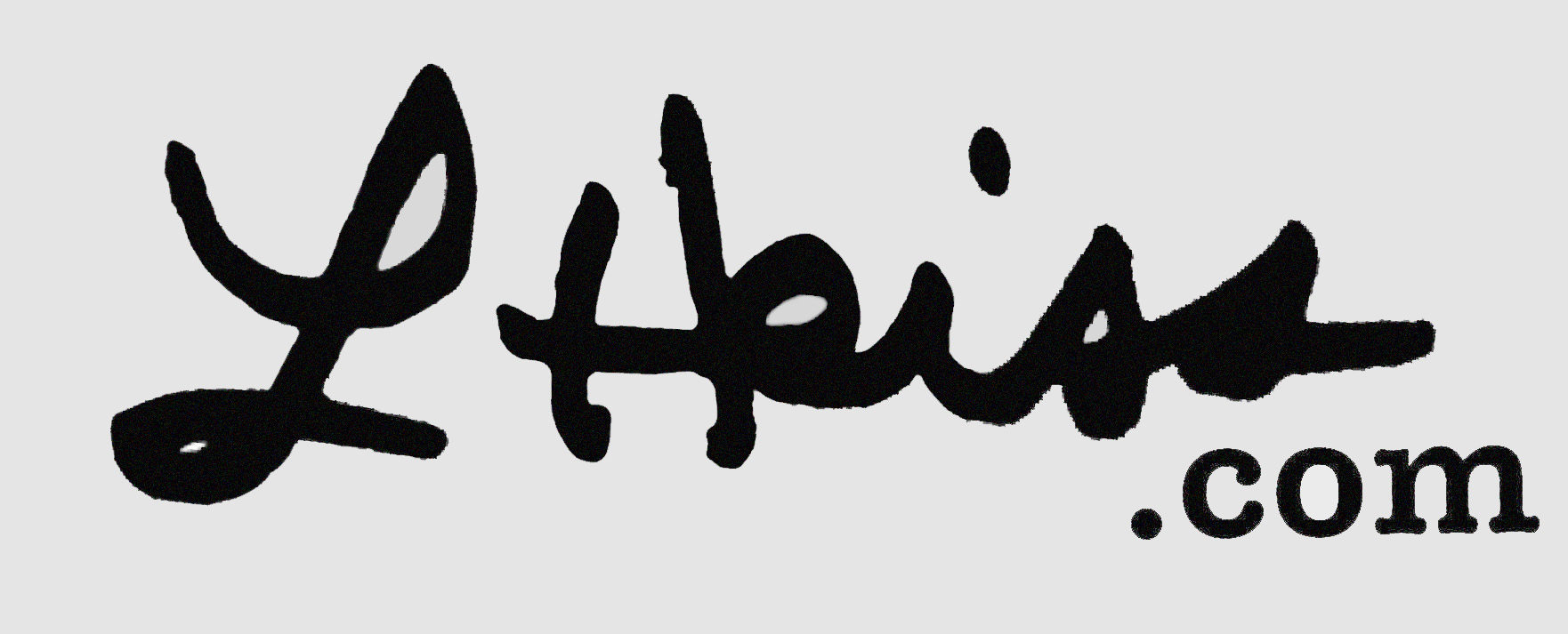


One thought on “Can’t Sing, Can’t Dance, Can Play Itself a Little: La La Land (2018)”
A fine article, Lokke, thanks so much. I have seen LA LA LAND twice and like the story a lot and find the singing and dancing teeth-gnashingly awkward. Have seen better in high school productions. The songs are banal with the exception of Emma’s largely improvised audition song. The orchestrations are muddy and poorly conceived, done by the composer, who should have hired someone more adept. With all this, I cried anyway. I’ll be interested to see what you think of Joe Wright’s CYRANO when it comes out. See you soon! D